Labs & Activities
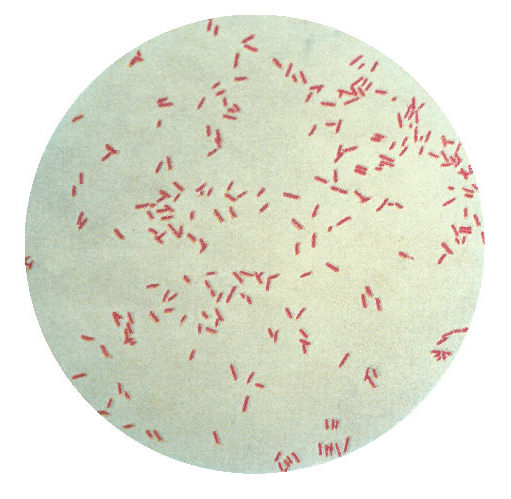
Pseudomonas Labs
High School
Inquiry/Scientific Method
Microbiology
Plants
Module 1: This classroom activity demonstrates interactions between plants and specific strains of Pseudomonas (a plant-pathogenic bacteria). Students will design an experiment that demonstrates the specificity of the hypersensitive response. This serves as a starting point to learn the importance of model systems through comparisons of two pathogens. Both Pseudomonas,… read more of the article entitled “Pseudomonas Labs”
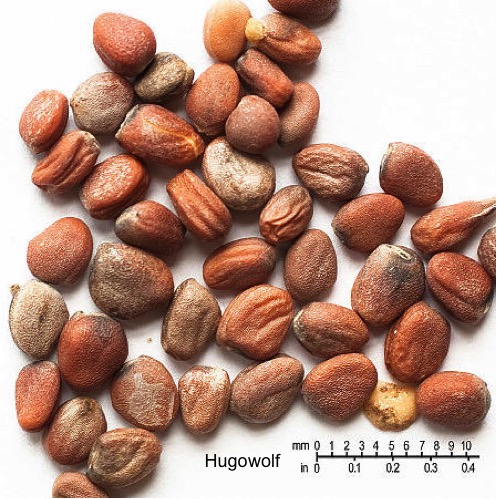
Radish Seed Lab- Chris Courtsunis
2012 CIBT Alumni Workshop
High School
Inquiry/Scientific Method
Middle School
Plants
This laboratory activity will test the effects of various household chemicals on the germination and growth of radish seeds in the lab. Downloads Radish Seed Lab (Chris Courtsunis) Radish Seed Lab Rubrics (Chris Courtsunis)
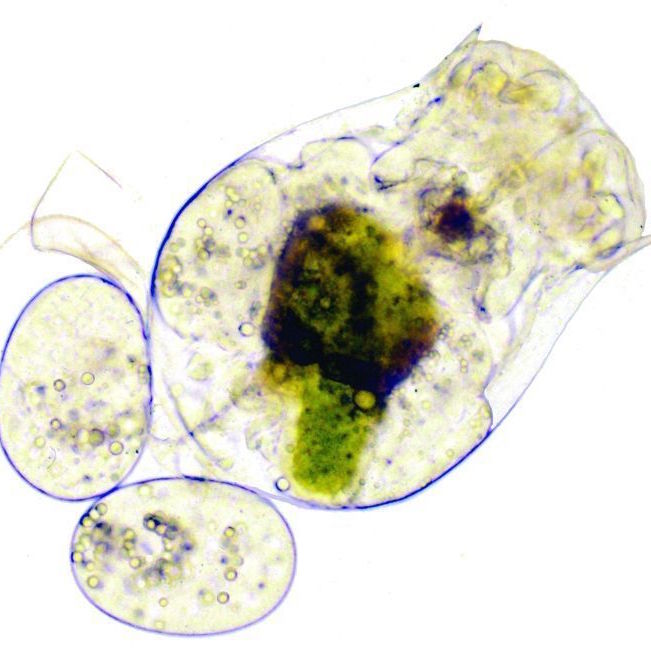
Rotifers Lab- Beth Chagrasulis
2012 CIBT Alumni Workshop
Animals
Elementary School
High School
Inquiry/Scientific Method
Microbiology
Middle School
These instructions detail how to collect bdelloid rotifers from moss, extract them, and view them under a microscope along with protozoa, nematodes, and tardigrades that also live in moss. Download Rotifer Article (Beth Chagrasulis) Rotifer & Tardigrade Collecting (Beth Chagrasulis)

Shake and Break: An Earthquake Simulation
Middle School
Physical Sciences
An earthquake simulator, or seismic table is constructed and then used to test the structural soundness of several types of student built houses. Several different construction materials are used to demonstrate what type best survives an earthquake. Two different geological foundations, bedrock and water-saturated sand, are tested to show the… read more of the article entitled “Shake and Break: An Earthquake Simulation”

Slug Lab
Animals
High School
Inquiry/Scientific Method
Middle School
Students will investigate the food preferences of garden slugs (Arion subfuscus) using simple equipment including margarine tubs, graph paper, scissors, and common plants, both wild and cultivated. The exercise is genuine scientific research in that: a) the student devises his/her own “research question” about slug feeding behavior, and b) the… read more of the article entitled “Slug Lab”

Soft Rot
High School
Human Health
Microbiology
Students will investigate the bacteria (plant pathogens) that cause soft rot on grocery produce (that mushy mess you often see on vegetables). By bringing some of this rotting produce from the store back to the lab students can isolate bacteria that are responsible for the disease (and sometimes yeasts, other… read more of the article entitled “Soft Rot”

Spice Lab
Elementary School
Human Health
Inquiry/Scientific Method
Microbiology
Middle School
Downloads Spice Lab (Student Edition) Spice Lab (Teacher Edition) Supplemental Reading: Why Cilantro Tastes Like Soap, for Some Supplemental Reading: Why 10% of the Population Hates Cilantro Supplemental Reading: Antimicrobial Functions of Spices
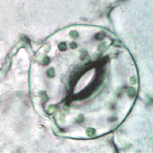
Stomata Safari- Carolyn Wilczynski
2012 CIBT Alumni Workshop
High School
Inquiry/Scientific Method
Microbiology
Middle School
Plants
On a “stomata safari,” students will view and compare the number and location of stomata from leaves of several species of plants. Once they have learned how to sample stomata, they will be able to investigate how plants distribute their stomata depending on the environment. Downloads Stomata Safari Lab (Carolyn… read more of the article entitled “Stomata Safari- Carolyn Wilczynski”
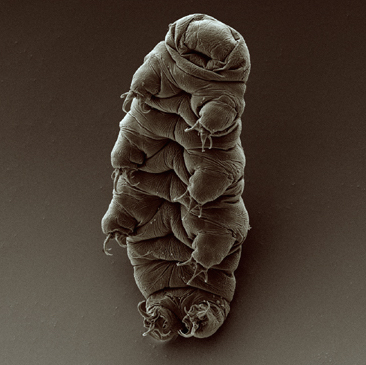
Tardigrade Lab
Ecology
Evolution
Microbiology
Middle School
Downloads Students will explore the microscopic world found living on lichens and mosses. Using a simple collection and extraction process, students will observe extremophiles called tardigrades. This lab includes a reading activity with questions as well as an anticipation guide handout for use with a YouTube video Tardigrade Lab (Student… read more of the article entitled “Tardigrade Lab”
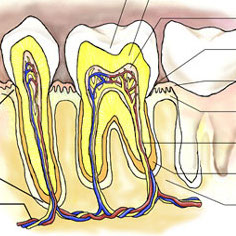
Teeth Unit
Elementary School
Human Health
Middle School
Physiology
Recently Updated!
Students will investigate the characteristics of teeth and what teeth can tell about an animal’s lifestyle: Students will sort and categorize 10 to 12 teeth. Given information about what canines, incisors and molars are, students will identify which teeth are which and why. They will predict which teeth came from… read more of the article entitled “Teeth Unit”

Tell-Tale Heart
Animals
High School
Human Health
Physiology
“The Tell Tale Heart” is an activity during which students familiarize themselves with the structure of the heart through a dissection. They locate the atria, ventricles, and major blood vessels. Through “surgical” procedures, students perform coronary bypass surgery and correct patent ductus arteriosus. Human and dog hearts are compared in terms… read more of the article entitled “Tell-Tale Heart”
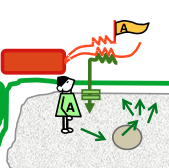
Vegevaders- PPI
Ecology
High School
Microbiology
Plants
Playing this game allows students to experience through game-play the continuing co-evolution between plants and their microbial pathogens that occurs during the battle to detect/defend (plants) versus evade/invade (pathogens). This battle is ongoing in nature over evolutionary time and observable in agricultural fields from one season to another, where crop… read more of the article entitled “Vegevaders- PPI”

Vocabulary and Story Writing- Karen Cook
2012 CIBT Alumni Workshop
Elementary School
Inquiry/Scientific Method
Middle School
The RAFT strategy (Santa, 1988) employs writing-to-learn activities to enhance understanding of informational text. Instead of writing a traditional essay explaining a concept learner, students demonstrate their understanding in a nontraditional format. This technique encourages creative thinking and motivates students to reflect in unusual ways about concepts they have read…. read more of the article entitled “Vocabulary and Story Writing- Karen Cook”
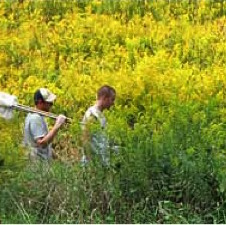
Web of Gold Activity- Robert Raguso
2012 CIBT Alumni Workshop
Ecology
Elementary School
High School
Inquiry/Scientific Method
Insects
Middle School
Plants
“Web of Gold” uses common autumn wildflowers to explore the hidden lessons of food webs. Different insects visit flowers in search of different resources, in varying levels of abundance. Students will observe visitors to a flower (or area of flowers) and record their species and abundance. Older students can explore… read more of the article entitled “Web of Gold Activity- Robert Raguso”

Whales
Animals
Ecology
Elementary School
Evolution
Middle School
The Whale Kit full teachers’ manual provided below contains background information, handouts, games, and laboratory exercises related to all aspects of whale biology, from the massive blue whale to the smallest harbor porpoise. Students will explore anatomy, evolution, feeding strategies, migration, communication, behavior, conservation, and cultural whale tales. Kit activities target elementary and middle school ocean science… read more of the article entitled “Whales”

